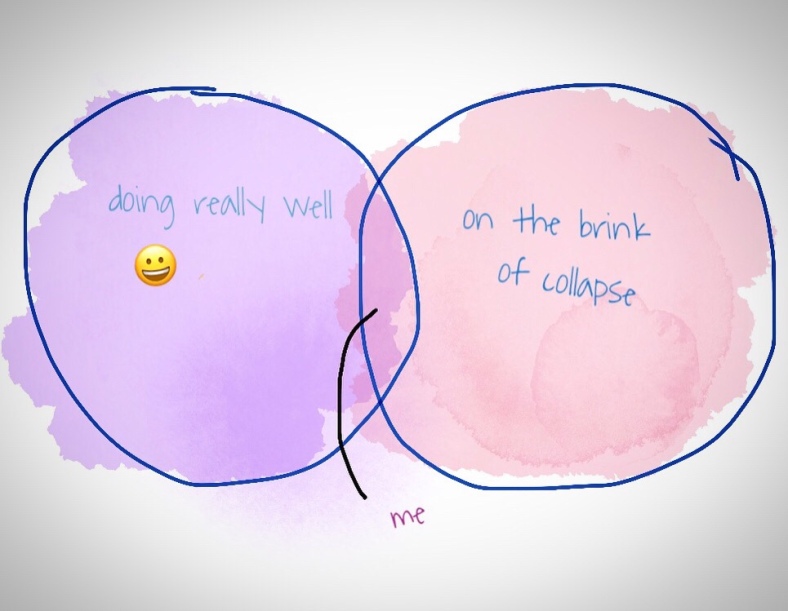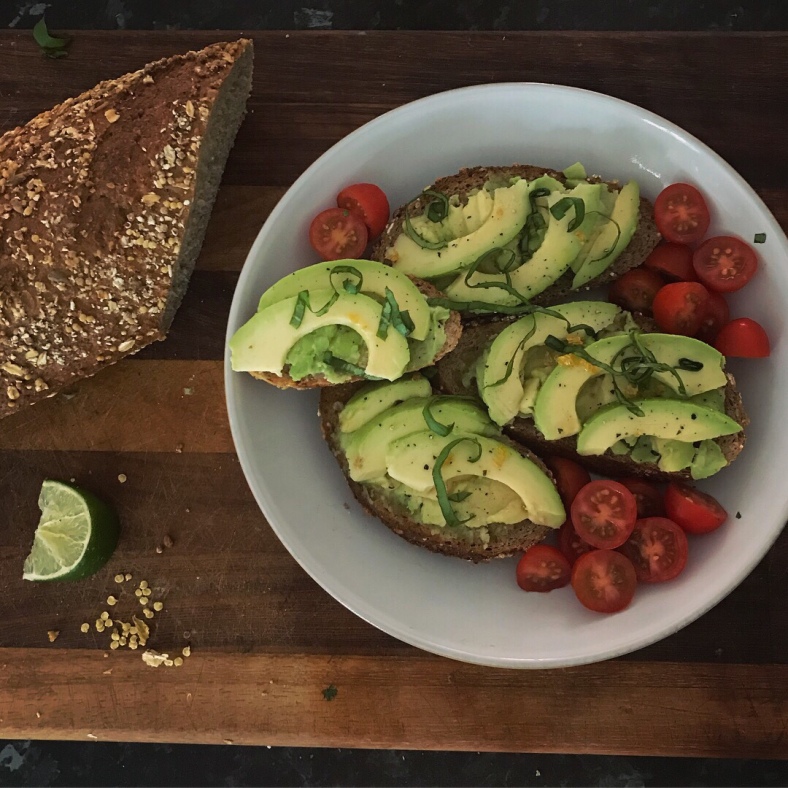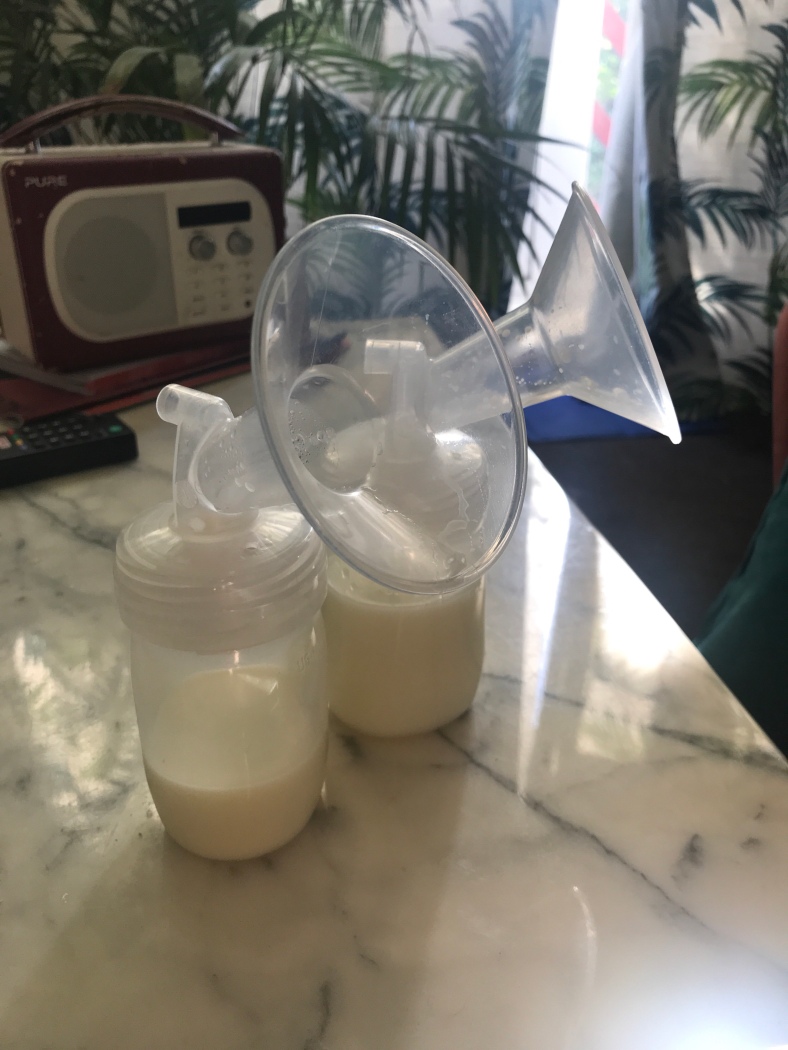
Info-dump time… welcome to my ABC of Weaning:
I was in no hurry whatsoever to start weaning, and happy to follow official WHO guidelines of exclusive breastfeeding until 6 months. Especially since I was leaning towards Baby Led Weaning, which isn’t recommended before 6 months. “Food before one is just for fun!” people said. I felt quite relaxed about it all (classic!). And then everyone around me started talking about allergy.
Recent medical studies (EAT & LEAP, if you’re interested) support introducing highly allergenic peanuts and eggs by 6 months to reduce chance of peanut and egg allergy. Speaking to doctors who specialise in paediatric allergy, the recommendation was to try and have all major allergenic foods introduced and then regularly exposed to the baby, 1-3 times per week, by 7 months.
Just like that, I was no longer relaxed. My babies were 5 and a half months; the clock was ticking!
More: we have no history of food allergy in our family. If we had, we would probably have sought a doctor’s opinion before launching in…
Major allergens: Eggs, Peanuts, Other nuts & seeds (eg sesame, Brasil, cashew), Dairy, Wheat, gluten, fish, shellfish, sulphates
I found this list quite intimidating. My sweet little babies knew only milk and cuddling, and now I had to cram a dozen different savoury foods into them whilst waiting for hives to break out at any second? And yet, now it felt like not doing that was neglectful and basically guaranteeing a future nut allergy with all the rigmarole and anxiety that entails.
So for what it’s worth, here’s what I did:
Weeks 1-2: single ingredients
To test for severe allergy to things I was most concerned about, I just did a finger-dab of the ingredient on the inside of the baby’s mouth. Then when there was no reaction, five minutes later I offered a baby spoonful of same ingredient. Official guidance is to do this 3 days in a row, and not to introduce any other potential allergen in that time.
– Peanuts: Finger dab of smooth salt-free peanut butter into baby’s mouth.
–Egg: Firmly scrambled egg, no milk initially (or breast milk/formula if you want; I found that super weird for some reason), gave a small spoonful initially, then if they’re anything like my two scrambled eggs will become a regular lunchdate-saving occurrence.
– Dairy: Finger dab of full fat yoghurt; then full fat cow’s milk in porridge
– Sesame: Finger dab of (organic salt free etc) tahini
As no allergy to any of these, I then relaxed a lot.
– Wheat, gluten: gave small finger of bread to gnaw on
– Dried fruit (sulphates) – poached some raisins in milk then strained and used the milk in porridge
– Fish: gave inside of a fish finger to explore. Could have used fish paste / pate apparently, but we rarely eat fish so wasn’t after culinary points here!
Shellfish – haven’t yet tried.
Strawberries , citrus etc: not a classic allergen but lots of kids have hypersensitivity reactions to these. So we introduced them one at a time on individual days, and watched for any reaction.
Repeat introduction:
– Scrambled eggs made with with cows milk; we eat this regularly so just give babies a bit whenever we have it (eggs & dairy)
– Full fat yoghurt as a dip for steamed veggies (dairy) or on pita bread (wheat)
– Hummous made with tahini (sesame) on fingers of toast (wheat)
– peanut butter: on toast / in porridge / melted onto noodles. One of our girls’ favourite foods!
– cashew butter on toast (only once because holy hell that stuff’s expensive!)
Once all that was done, I relaxed even more. But if we’d had a set-back at any stage, I would have stopped the likely culprit, started a food diary and made a routine appointment with my GP.
Remember, under 12 months they get the vast majority of their nutrition from their milk, be that breast or formula; so there’s never any nutritional harm done by pausing weaning for a few days whilst you all regain your equilibrium.
Which brings me on to B in my ABC of introducing solids to babies: Baby Led Weaning .











